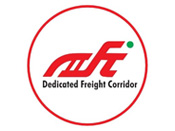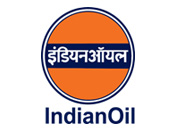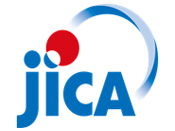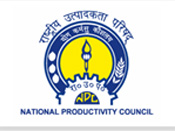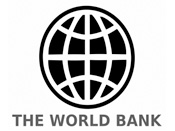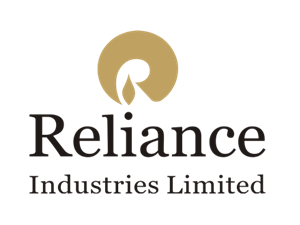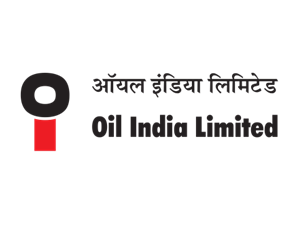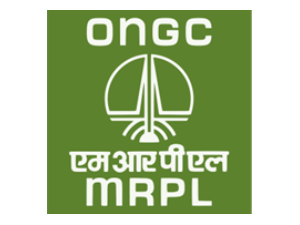Sustainability consultancy
- Home
- Sustainability Consultancy
Sustainability Consultancy
challenges stemming
Cut carbon to cut cost
Capital and operational carbon serve as indicators for natural resource and energy consumption, consequently influencing costs. Prioritizing the minimization of whole-life carbon during the design phase inherently results in a more cost-effective asset, both in terms of construction and ongoing operations. Beyond financial advantages, adopting low carbon approaches often involves construction methods that enhance safety during project delivery. By utilizing fewer resources, such projects contribute to a reduction in road haulage, noise, vibration, air pollution, and other environmental impacts, yielding broader benefits for both economic and ecological considerations.
Use new technologies to enhance performance
In an era marked by a growing influx of technological advancements, there is a consistent emergence of innovations that not only give rise to novel customer services but also present radical alternatives to traditional solutions. These innovations often aim to enhance the capacity, longevity, or safety of established assets. The associated challenges lie in the willingness to embrace these new technologies, comprehending the potential risks and opportunities they bring, making informed decisions on when and how to invest, effectively managing associated risks, and fostering communication with both internal staff and clients. The ultimate goal is to instigate behavioural and cultural changes that facilitate the realization of the full potential of these technologies. Our organization plays a pivotal role in navigating this intersection of technology, strategy, and design.
Understand your vulnerabilities
Addressing the demands of a burgeoning and increasingly discerning population necessitates the enhancement of infrastructure systems, ensuring heightened service quality and reliability while maintaining affordability. The intricate interdependence of these systems is becoming more pronounced, posing challenges amid the changing climate. It is imperative to comprehend vulnerabilities and interconnections to mitigate the risk of cascading failures and mitigate potential business disruptions. Strategic protection measures should be implemented where cost-effective, and contingency plans must be devised for situations where protection is unfeasible, focusing on safe failure and swift recovery. To ensure business and service continuity in the face of climate change, fostering new collaborative relationships across disciplines, companies, and agencies is essential.
Develop stronger schemes by adding social and economic value
Fostering employment, entrepreneurship, trade, healthcare, education, travel, leisure, and contributing to local regeneration and economic growth are key benchmarks for evaluating value alongside traditional cost-benefit assessment criteria. Incorporating these considerations can significantly shift public perceptions and investment choices, unlocking funding that might otherwise be unavailable. Adjusting project designs or business plans to prioritize enhanced social and economic value often proves to be cost-neutral or even cost-saving.
Sustainability Consultancy
Why aren’t more companies doing these things?
Evaluate the Why, Not Just the What and How
Scrutinize the motives behind actions, emphasizing core values consistently throughout the supply chain. This integrity not only enhances the attractiveness of products or services to customers but also aids talent attraction and retention, fosters strong supplier relationships, improves efficiency, and reduces costs, ultimately expanding market share.
Set Audacious Goals
Break free from conventional thinking by setting radical sustainability goals. Instead of asking what is deemed achievable, pose the question of what would be the ideal achievement. Establish transparent performance metrics, incentivize exceptional performance, and distribute risks fairly to stimulate innovation.
Challenge the Supply Chain
Sustainability is not a directive solely from the top; every supplier can contribute as an 'R&D center.' Specify desired outcomes rather than rigid processes or design details. Empower the supply chain to pursue ambitious goals, integrating it into the overall strategy and delivery model. Both transformative leaps and incremental innovations are vital in reshaping the game.
Integrate Sustainability into Business Strategy
Sustainability demands integrated thinking, considering opportunities, interconnections, risks, solutions, and impacts. Aligning values, mission, and goals with sustainability enhances efficiency, productivity, and overall value, reinforcing existing governance systems within companies.
Enhance Market Credibility Through Sustainability
Transparency and responsible management, as indicated by sustainability practices, appeal to investors.


